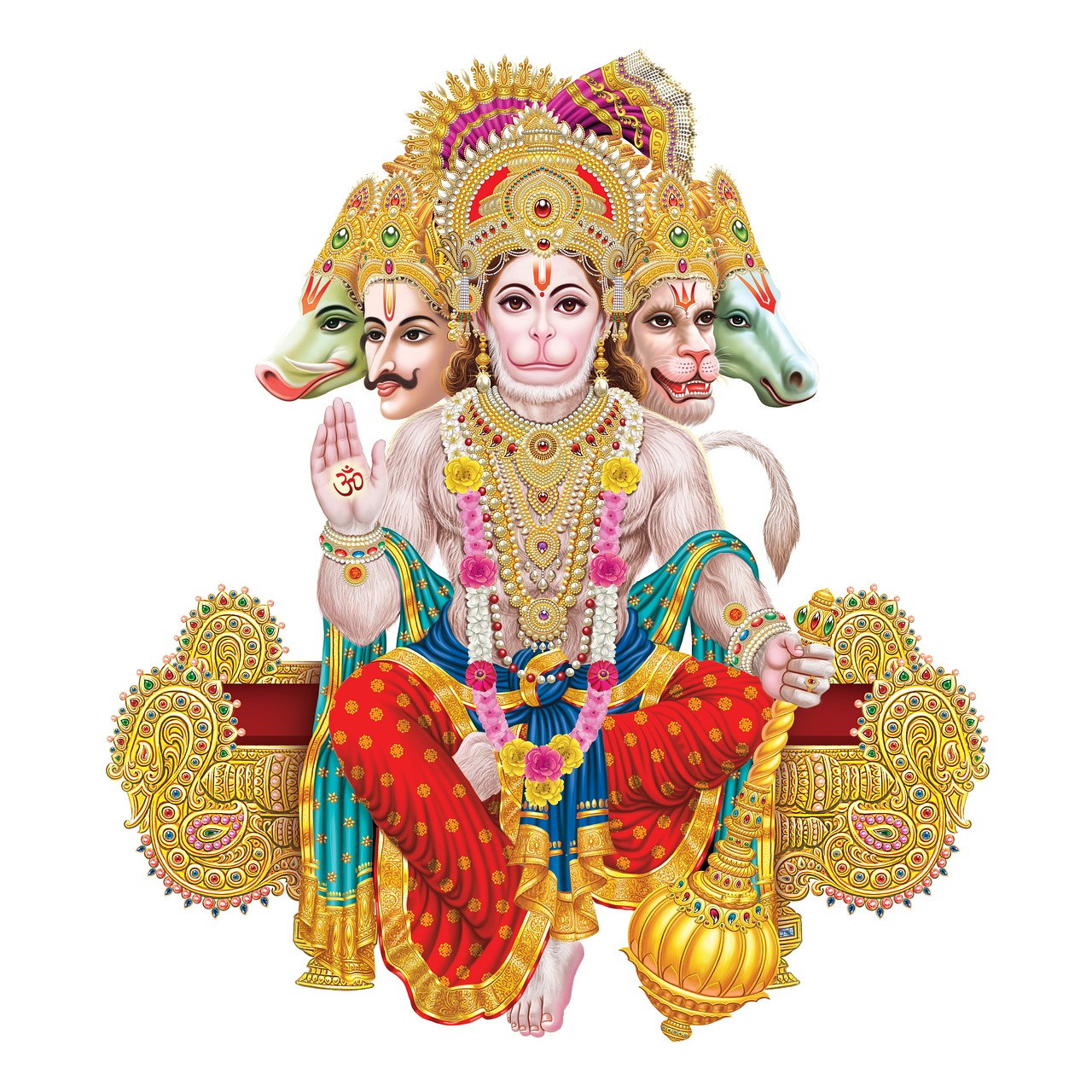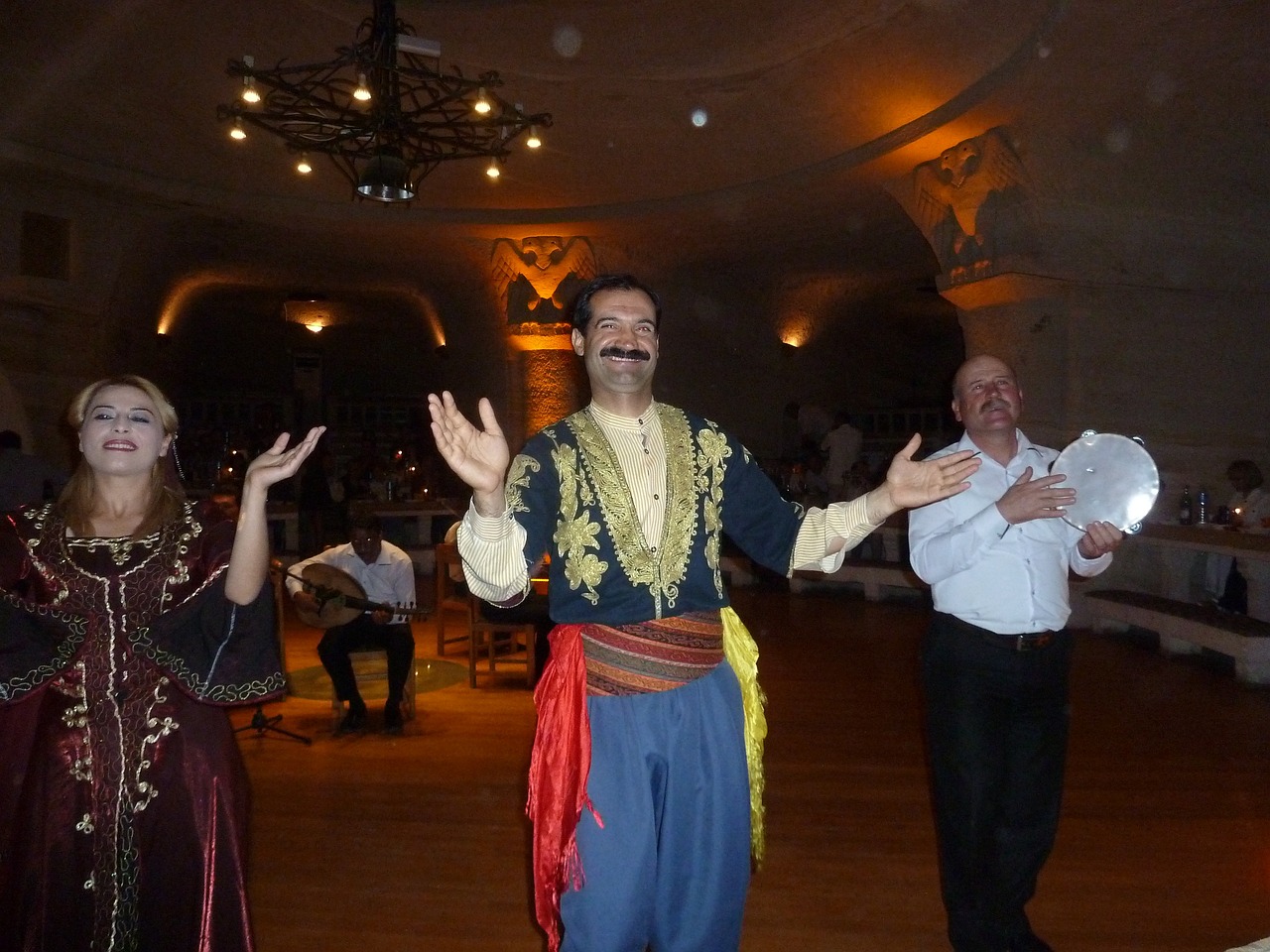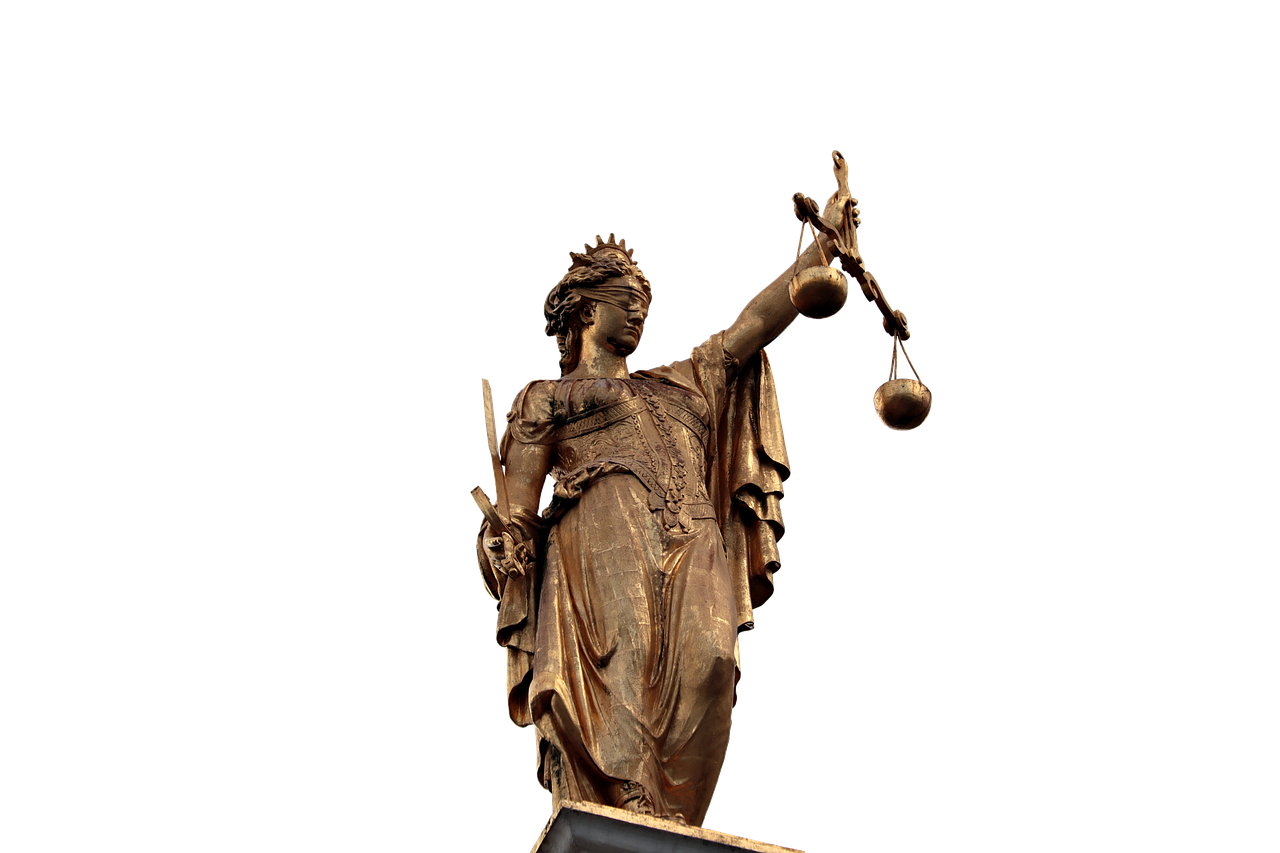Author: Erlang Shen
-
Persephone’s Ascension: An Artistic Tribute Attributed to the renowned Persephone Painter, this exquisite terracotta bell-krater, dating back to approximately 440 BCE, is currently displayed at The Met Fifth Avenue in Gallery 153. The artwork beautifully depicts the ascent of Persephone from the underworld on its obverse side, while the reverse features a serene libation scene.…
-
In anticipation of the upcoming video game Black Myth: Wukong, which is set to release on August 20, 2024, I have compiled a comprehensive guide to the abilities of Sun Wukong from the classic novel Journey to the West (Xiyouji, 西遊記), first published in 1592. This guide is intended for fanfiction writers, artists, and anyone…
-
A Showcase of Ancient Surgical Tools The catastrophic eruption of Mount Vesuvius in 79 CE effectively sealed the Roman cities of Pompeii and Herculaneum under a thick layer of ash and pumice. When excavated centuries later, items buried under this volcanic material were found to be remarkably well-preserved. Among the rescued artifacts, surgical instruments were…
-
Greek mythology encompasses a rich body of narratives concerning deities, heroes, and cultural rituals among the ancient Greeks and persists as a vital component of Classical antiquity. While some philosophers, like Plato in the 5th–4th century BCE, acknowledged the fictional aspects of these tales, the general populace perceived them as truthful accounts. Over centuries, Greek…
-
The tale of Pandora first emerged in Hesiod’s “Theogony,” an epic poem from the 8th century BC. This myth traces its origins to the early periods of humanity, following the Titanomachy—the legendary clash between the Titans and the Olympian gods. It is noteworthy that the concept of “Pandora’s Box” was not introduced until the 16th…
-
Pomona, the ancient Roman deity of fruit trees and orchards, derives her name from the Latin term ‘pomum’, signifying fruit or orchard produce. Unlike many Roman gods, she stands uniquely without an equivalent in Greek mythology, though some suggest parallels with Demeter, the Greek goddess of harvest. Artistic representations often depict Pomona as a charming,…
-
Ireland, a small island teeming with culture and ancient tales, boasts a rich tapestry of folklore that has been preserved through generations via oral storytelling. Many of these captivating narratives are closely tied to specific landscapes, often used to explain the origins of certain local features. The Enchanted Tale of the Children of Lir Deep…
-
Vulcan, known as Volcanus in Roman mythology, embodies the god of fire and forge, paralleling the Greek Hephaestus. The offspring of Jupiter and Juno, he was revered as the patron deity of blacksmiths and skilled craftsmen. Alongside his dominion over the forge, Vulcan’s association with destructive fires from natural phenomena, such as volcanoes, made him…
-
In ancient Greek mythology, the Titan Atlas is famed for enduring the immense weight of the heavens, a daunting task assigned by Zeus as punishment for his role in the Titan’s rebellion against the Olympian deities. Beyond his monumental duty, Atlas was portrayed as a sagacious figure, credited with the advent of astronomy and the…
-
Gaia, known as the personification of Earth in Greek mythology, represents a primordial goddess who has been revered since ancient times. Hailing from Chaos, she is recognized as a principal or maternal goddess, revered by both gods and mortals alike. Her descendants include the progeny of Uranus (Heaven) and Pontus (Sea), with her Roman counterpart…










